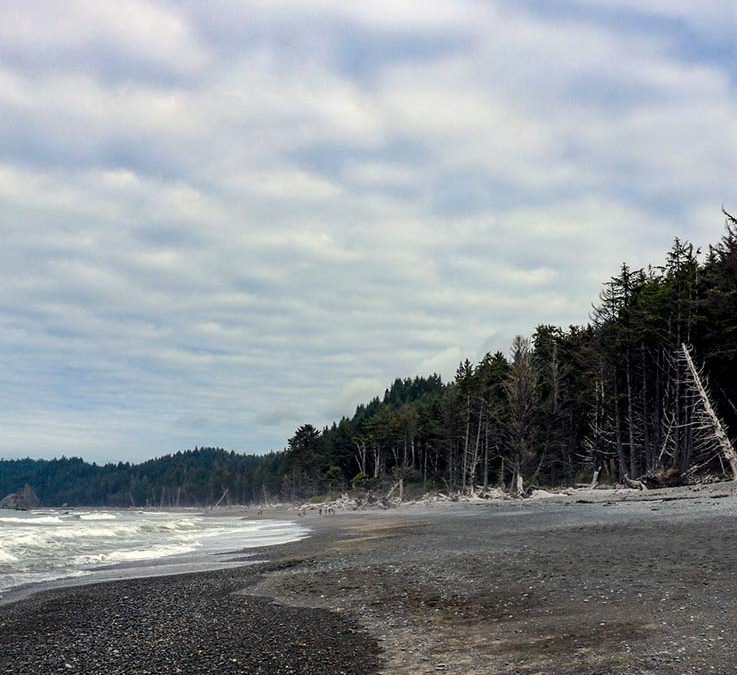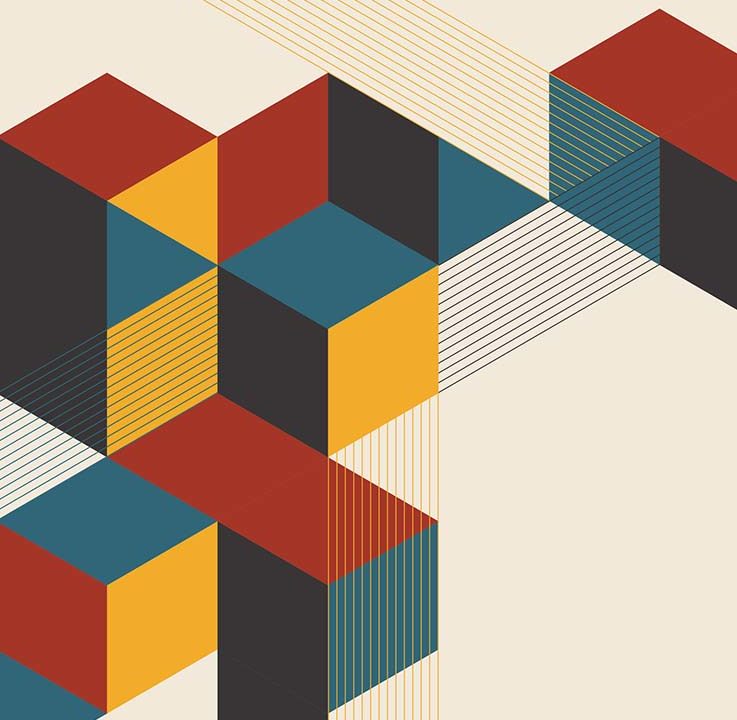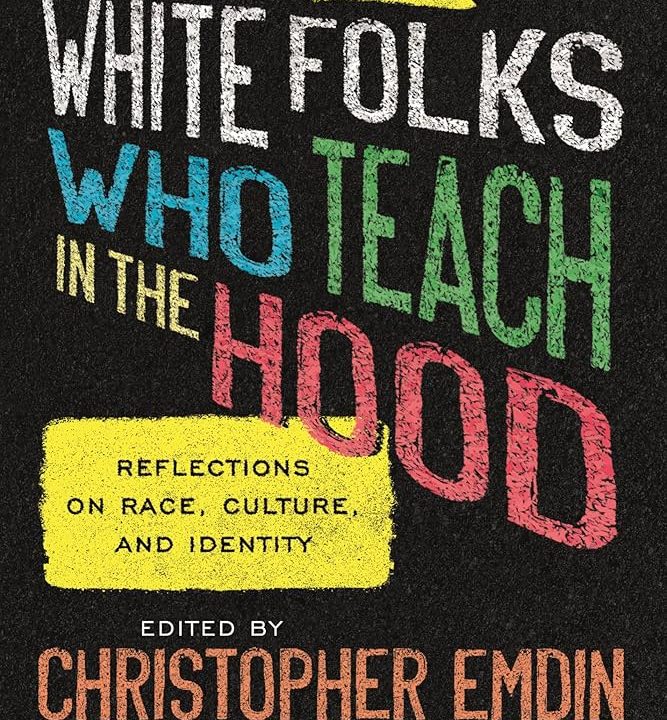How Indigenous Wisdom Can Support Youth Mental Health (Blog)

Strengthening the sustainability of Rubus berry production
September 25, 2024
Sludge treatment: a weighty issue
September 27, 2024
(Photo by iStock/Dmitri Zelenevski)
Renowned for its natural resources—towering redwoods, mighty rivers, abundant wildlife, and dramatic coastline—the Humboldt Bay region of Northwest California is home to eight federally recognized tribes, among them the Hupa, Yurok, Karuk, Wiyot, and Tolowa. Indigenous cultural traditions in the region have long embraced the interdependence of humans with the land, water, and the more-than-human world.
As in much of Native America, a vibrant cultural revitalization is underway here, bridging past and present and elevating Indigenous worldviews and traditions long suppressed by colonization. This is good news for our youth, many of whom experience mental health challenges rooted in intergenerational trauma, poverty, and social alienation. While funding to address the youth mental health crisis in America has increased—with growing support for Native youth—money alone won’t solve the problem of youth disconnection from self, family, community, and nature, and a related crisis of meaning.
Fortunately, interest is growing in cross-cultural approaches to promoting youth well-being, and exploring what constitutes a meaningful life more broadly. Indigenous wisdom has much to offer this conversation.
While completing my doctorate in psychology, I conducted research as part of a formal gathering of Native American healers and service providers. Participants prioritized the importance of relationships in Indigenous healing that extend beyond patient and healer to include one’s ties to the Creator, family, community, and the world at-large. For these wisdom-keepers, creating environments that nurture health and healing calls for what they term “rampant relationality.” Inherent in the concept of rampant relationality is an appreciation of the interconnectedness of all life and our responsibility to each other and the Earth.
Are you enjoying this article? Read more like this, plus SSIR’s full archive of content, when you subscribe.
For the past six years, I’ve explored what this looks like in practical terms as the leader of an organization providing culturally affirming mental health services to Native youth and families across Humboldt County. Relationship-building lies at the heart of our work at Two Feathers Native American Family Services, with lessons for others working to promote the mental health and well-being of underrepresented youth.
Shifting the Narrative
While a psychologist by training, I recognize that healing takes place on many levels—mental, emotional, physical, and spiritual. I grew up in a tribal community only miles from where I now live and work. And like many of the youth we serve, I struggled with feelings of shame and inadequacy that fueled addiction in my 20s. What helped me shift perspective—and choose a new path—were caring relationships that supported me in connecting to my gifts and self-worth.
As I learned, the healing journey begins with the relationship to self and others. Far too many Native American youth grow up in environments where historic and contemporary trauma, poverty, and negative societal narratives shape their identities from birth. For too long, the dominant narrative has been that Native populations are deficient, inadequate, inferior. Such narratives, perpetuated through the media and embedded within educational and health care systems, reinforce the very pathologies they describe. Feelings of low self-worth are so deeply ingrained, so unconscious, they can’t be solved through conventional mental health interventions like cultural competency training.
Two Feathers Native American Family Services puts on a community-defined, evidence-based youth wellness program at Sumeg State Park in Trinidad, California. (Photo courtesy of Two Feathers Native American Family Services.)
The frequent use of social indicators to characterize Indigenous youth—including rates of depression, substance abuse, school dropouts, violence, and suicide—only further contributes to feelings of shame among adolescents and low expectations among those entrusted with their care.
The tendency to pathologize and to label, and for labels to stick, is why our counseling staff employs a narrative therapy approach. Developed in the 1980s by New Zealand-based therapists, narrative therapy invites clients to observe their own story, allowing them to cultivate a whole systems view. Youth develop awareness of how their attitudes, behaviors, and self-concept have been formed. They start to realize they are not the label they’ve been given; rather, they’re the byproduct of a complex system. The goal is for youth to gain agency over the problems they face. They don’t become the problem. Narrative therapy aligns with Indigenous wisdom and healing practices through its emphasis on storytelling and the interconnectedness of individuals within their social, cultural, and historical contexts.
Slow Medicine
Healing collective trauma passed down over generations is a long game. If you’re wounded in relationships, you heal in relationships—and that takes time. Youth in crisis can be hard to reach, literally and figuratively, with a majority of Native youth living in isolated rural areas and small towns. Many grow up not knowing how to trust after being let down by family, the education system, and society at large. This work is about being consistent. It’s about showing up. Doing so requires staff who are committed, humble, genuine, curious.
Our team members serve as “aunties” and “uncles” to youth who are disconnected. Our North Star is helping youth give and receive love and care, to have agency over their lives. Ultimately, this requires staff who excel at relationship-building and are comfortable being vulnerable themselves. Some of our hardest lessons have emerged from prioritizing academic credentials over people skills in our hiring practices and fostering a hyper-productive work environment at the expense of staff well-being.
Nurturing authentic relationships with youth—and within the community—starts with creating a caring and vibrant organizational culture. Many of our team members, 60 percent of whom are Native American, have experienced the same challenges as the youth they serve. Staff need to be given the space and support to develop themselves through training, coaching, and mentoring—all within a culture that values continuous learning. Caring cultures don’t happen by accident. They evolve from an organization’s values and by establishing common sense norms. Turn off your cell phone in meetings. Schedule time for team coffee breaks and meals together. Recognize when the drive to accomplish comes at the expense of staff well-being and morale.
Learning From Indigenous Culture
At the Captain John High School, an alternative school on the Hoopa Valley Indian Reservation, students and teachers participate in a weekly talking circle. Each takes a turn answering questions they pull from a sock. Topics range from what they plan to do over the weekend to describing a time when they were wronged. The circle is a space where students feel safe opening up about their lives and where trusting relationships are formed within the school community.
The talking circle is one of many traditional practices we employ to connect youth to their culture and time-honored ways of being in relationship. Such activities teach skills, like self- awareness and empathy, and impart values, like equality and respect. In contrast to the emphasis on individualism in Western culture, such practices reinforce our shared responsibility toward one another.
Traditional regalia for the Flower Dance—a girls coming of age ceremony. (Photo courtesy of Two Feathers Native American Family Services.)
Through taking part in Indigenous cultural practices—beading, weaving, singing, dancing, carving, drum-making—Native youth connect to their cultural identity and strengthen relationships with peers. Such activities build mindful awareness and engage the senses. Youth spend time together in nature—identifying plants and collecting raw materials to use in creating traditional clothing and the regalia worn in sacred ceremonies. Such practices help counteract the negative effects of digital technology, including isolation and low self-esteem, on young people’s mental health.
Indigenous scholar Michael Yellow Bird has written extensively about the healing power of Indigenous ceremonies and cultural practices. Dancing, singing, and other group activities nurture a sense of belonging and activate feel-good chemicals like oxytocin and dopamine in the brain, he notes.
Such practices strengthen young people’s connection to Indigenous values deeply rooted in relationality. Scholar Kishan Lara-Cooper, a member of the Hoopa tribe, has written extensively on cultural antidotes for historic and race-based trauma, including the concept of K’winya’nya:n- ma’awhiniw, or “the human way.” The term speaks to living a balanced and harmonious life by honoring and respecting oneself, one’s ancestors, the community, environment, and all of creation.
Eighteen-year-old Jordan, a Karuk Native, puts it this way: “It’s about having good intentions and holding myself accountable. It’s about treating people the way you want to be treated.” A key distinction in this worldview is the notion of the self as fully integrated within a larger social construct.
Woven into the concept of K’winya’nya:n-ma’awhiniw is the notion of giftedness, which holds that every person has a natural ability, or gift, to offer to the community. While in a Western context only a minority of students are considered “gifted,” in the Indigenous view, each person possesses a unique gift. The challenge, or opportunity, lies in identifying one’s gift as it relates to the community.
Toward an Ethic of Shared Responsibility
Contemporary American culture can only benefit from nurturing this sense of shared responsibility. At the height of the pandemic, political scientist Robert Putnam joined me in an online conversation on the subject of his latest book, The Upswing: How America Came Together a Century Ago and How We Can Do It Again. In the audience were teachers and youth service providers across our region. Putnam described historic levels of political polarization, economic inequality, and cultural self-centeredness in America. “If we’re going to pivot toward a better future, it’s likely going to begin with looking at our obligations to other people,” he said.
Based on our experience, youth-serving organizations looking to pursue greater relationality in their work can begin by:
- Hiring staff who are grounded, fully committed to the mission, and who are ‘gifted’ in their ability to relate to youth.
- Prioritizing the role of relationship-building within your organization, with team members encouraged to create community and connection wherever they go.
- Strengthening young people’s relationship to self through inviting them to better understand the forces that have shaped their lives, and to ‘rewrite’ their life story based on what they’re capable of and their goals.
- Nurturing an organizational culture where staff grow together as a team and feel supported in pursuing their own learning, healing, and development.
- Connecting youth to cultural practices, traditions, and activities that strengthen identity, build community, and nurture a sense of responsibility towards others.
- Supporting youth in identifying their innate gifts and how these contribute to the greater community.
- Engaging families and the larger community in efforts to support youth well-being through events and activities that foster connections and joy.
In our conversation, Putnam described the role of youth historically in leading positive social change. Idealistic by nature, young people imagine the world as it could be. Our role as youth development professionals, parents, teachers, and caregivers is to equip today’s young generation with the capacity to give and to receive love—and to re-imagine the future—starting with our responsibility to each other and the natural world.
Support SSIR’s coverage of cross-sector solutions to global challenges.
Help us further the reach of innovative ideas. Donate today.
Read more stories by Virgil Moorehead Jr..







